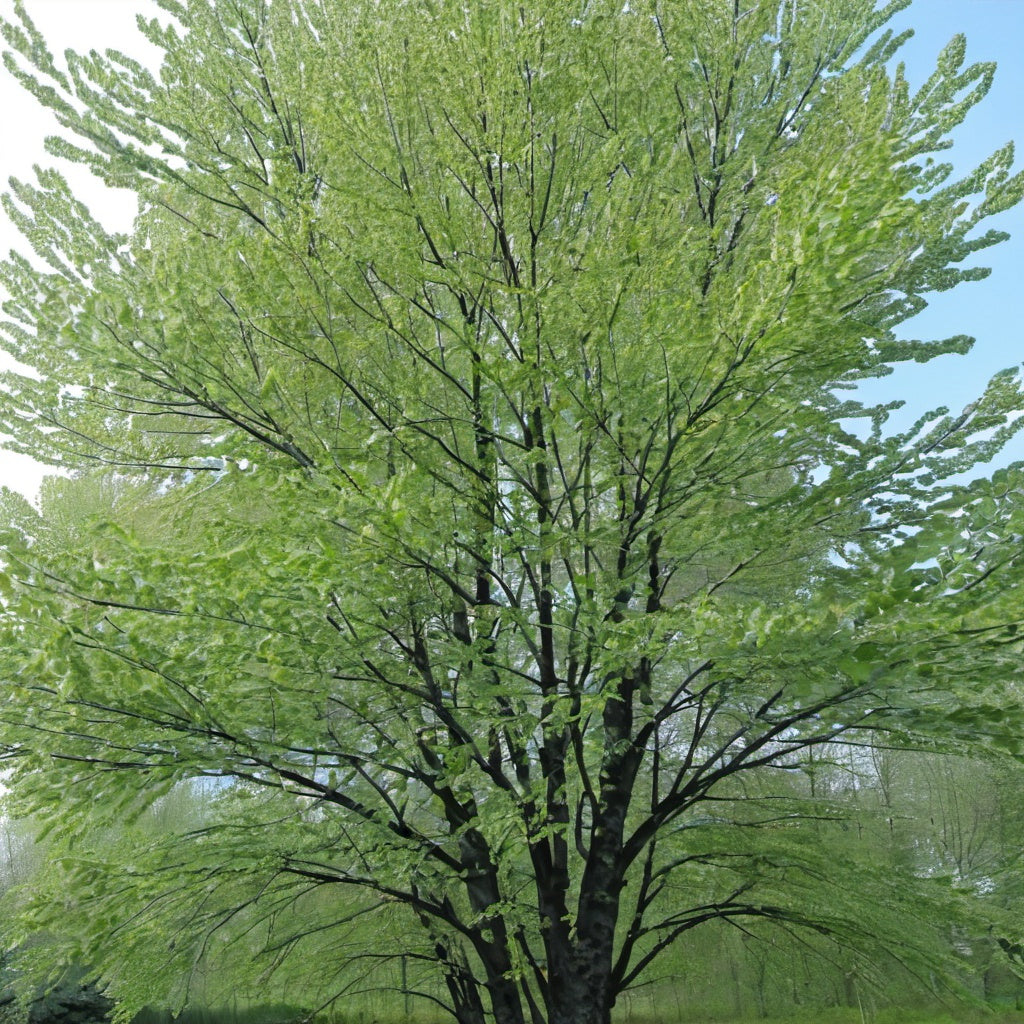Black Alder Tree Seeds
Black Alder Tree Seeds
Couldn't load pickup availability
Black Alder Tree Seeds
(Alnus glutinosa)
Alnus glutinosa, commonly known as the Black Alder or European Alder, is a deciduous tree native to Europe, Western Asia, and Northern Africa. It thrives in wet environments such as riverbanks, marshes, and damp forests, making it a vital species for controlling soil erosion and improving soil fertility due to its nitrogen-fixing properties.
Key Characteristics:
- Height: Typically grows 15-25 meters (50-80 feet), with some reaching up to 30 meters.
- Bark: Dark, almost black, and becomes fissured with age.
- Leaves: Rounded, slightly toothed, glossy green, and typically sticky (hence the name "glutinosa"). Leaves remain on the tree until late autumn.
- Flowers: Monoecious, meaning male and female flowers are found on the same tree. The male catkins are long and pendulous, while the female ones are smaller and mature into cone-like structures.
- Fruits: Small, woody cones that release winged seeds in the winter.
Ecological Importance:
- Nitrogen Fixation: Like many members of the Betulaceae family, black alder forms symbiotic relationships with Frankia bacteria, which enables it to fix atmospheric nitrogen into the soil. This improves soil fertility, making it a good pioneer species in reforestation or land reclamation projects.
- Habitat: Provides habitat and food for various wildlife species, including birds and insects. Its roots stabilize soil, preventing erosion along waterways.
Growing Conditions:
- Soil: Prefers moist, poorly drained soils but can tolerate a variety of soil types, including acidic or nutrient-poor conditions.
- Light: Thrives in full sun to partial shade.
- Water: Naturally found in wet conditions but can adapt to drier soils.
- Hardiness: Hardy in USDA zones 3-7.
Uses:
- Timber: Alder wood is water-resistant, which makes it valuable for underwater construction, such as bridges, piers, and boat-building.
- Landscaping: Often used in natural landscaping and restoration projects, particularly in riparian zones.
Zones: 4 to 7
Stratification Requirement: Seed requires 30-60 days cold moist stratification
Planting Instructions:
Before planting, subject the seeds to cold stratification to improve germination rates. Place the seeds in moist seed starting mix or sand in a sealed plastic bag and refrigerate them at 1-5°C (34-41°F) for about 6-8 weeks. This mimics the natural winter dormancy period, breaking seed dormancy and encouraging better germination.
After stratification, sow the seeds in early spring in trays or pots filled with a well-draining seed-starting mix. Press the seeds gently onto the surface of the soil, as they need light to germinate, and mist the soil to keep it moist but not waterlogged. Keep the trays or pots in a bright, warm area, ideally at a temperature of around (68-75°F).
Germination typically takes 1-2 weeks. Once the seedlings are large enough to handle, transplant them into individual pots. Allow the young trees to grow in pots for their first year before planting them outdoors. Choose a planting site that receives full sun to partial shade and has moist, well-drained soil, ideally near water bodies, as Black Alder thrives in wet conditions.
Share


